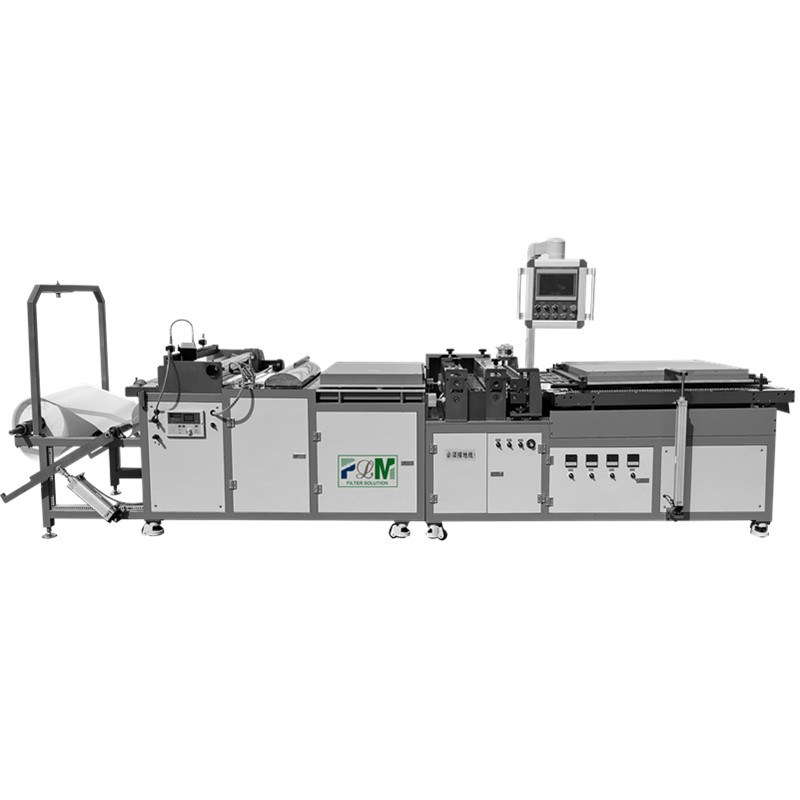Dec . 06, 2024 06:08 Back to list
non-woven product
The Rise of Non-Woven Products Revolutionizing Industries
In recent years, non-woven products have gained significant traction across various industries, fundamentally transforming the way we approach materials and manufacturing processes. Non-woven fabrics, which are made from fibers that are bonded together through chemical, mechanical, or thermal processes, present a unique set of characteristics that differentiate them from traditional woven or knitted fabrics. These characteristics make non-woven products an appealing choice for a wide range of applications, including medical, automotive, home textiles, and beyond.
Understanding Non-Woven Fabrics
To appreciate the growing influence of non-woven products, it’s essential to understand what distinguishes them from other fabric types. Unlike woven fabrics, which are made by interlacing threads at right angles, non-woven fabrics are created by laying down and bonding fibers together. This production method yields textiles that are strong, versatile, and often less expensive than their woven counterparts. Non-woven fabrics can be engineered to have specific properties, such as strength, absorbency, flame resistance, and barrier performance, making them suitable for various applications.
Applications Across Industries
One of the most crucial sectors benefiting from non-woven products is the medical industry. Non-woven fabrics have become staples in the production of surgical gowns, masks, and drapes due to their ability to provide high levels of protection against pathogens while maintaining breathability. The COVID-19 pandemic further accelerated the demand for non-woven materials, as healthcare providers sought efficient and effective protective gear.
In the automotive industry, non-woven fabrics are increasingly used in interior components such as headliners, insulation, and upholstery. These materials offer lightweight and sound-damping qualities, contributing to improved comfort and reduced noise levels in vehicles. The trend towards more sustainable materials has also pushed manufacturers to explore non-woven options that utilize recycled fibers, enhancing the eco-friendliness of automotive production.
Moreover, non-woven products play a significant role in the home textiles market, including bedding, upholstery, and filtration systems. Non-woven fabrics are often used in disposable products such as table linens and napkins, providing a cost-effective alternative to traditional textiles while maintaining aesthetic appeal.
non-woven product

Sustainability and Innovation
As environmental concerns become increasingly pressing, the non-woven industry is stepping up to the challenge by embracing sustainable practices. Manufacturers are exploring biobased raw materials and biodegradable options to reduce the environmental impact of non-woven products. Innovations such as composite materials that combine non-woven fabrics with natural fibers are paving the way for greener alternatives without compromising performance.
Furthermore, advancements in technology are enabling the development of non-woven fabrics that enhance functionality, such as hydrophobic or hydrophilic properties, antimicrobial treatments, and various air permeabilities. These innovations expand the range of applications for non-woven products, making them even more desirable in diverse industries.
Challenges and Future Prospects
Despite the promising future of non-woven products, the industry faces challenges. One major issue is the reliance on petroleum-based synthetic fibers, which raises concerns regarding sustainability and environmental impact. The ongoing quest for greener raw materials is critical for the long-term viability of non-woven products.
Additionally, competition from woven and knitted textiles remains a significant hurdle. While non-wovens excel in specific applications, woven fabrics still dominate in markets that prioritize durability and longevity. Overcoming these challenges will require continued innovation, investment in research and development, and collaboration among industry players to create materials that meet the evolving needs of consumers and industries alike.
Conclusion
In conclusion, the non-woven products sector is poised for robust growth, driven by their widespread applicability, innovative capabilities, and increasing emphasis on sustainability. As industries continue to evolve and prioritize environmentally friendly practices, non-woven fabrics will likely cement their position as essential materials across various sectors. Embracing this transformative trend will not only foster economic growth but also contribute to a more sustainable future, making non-woven products a vital cornerstone in modern manufacturing and beyond.
-
PLSG-200 Diesel Fuel Filter Tester China Manufacturer & Supplier
NewsMay.21,2025
-
Buy PLJL-4B Four-Station Spin-On Filter Seal Leakage Tester Reliable Testing
NewsMay.21,2025
-
37010 Auto Engine Oil Filter Premium Quality & Extended Engine Life
NewsMay.20,2025
-
Custom OEM HEPA Air Filter Silicone Gel High-Efficiency Sealing
NewsMay.20,2025
-
OEM PLKJ-20 Filter Paper Pore Size Tester Precision Measurement
NewsMay.19,2025
-
Affordable PLNP-1 Bursting Strength Tester Low-Cost & Reliable
NewsMay.19,2025
